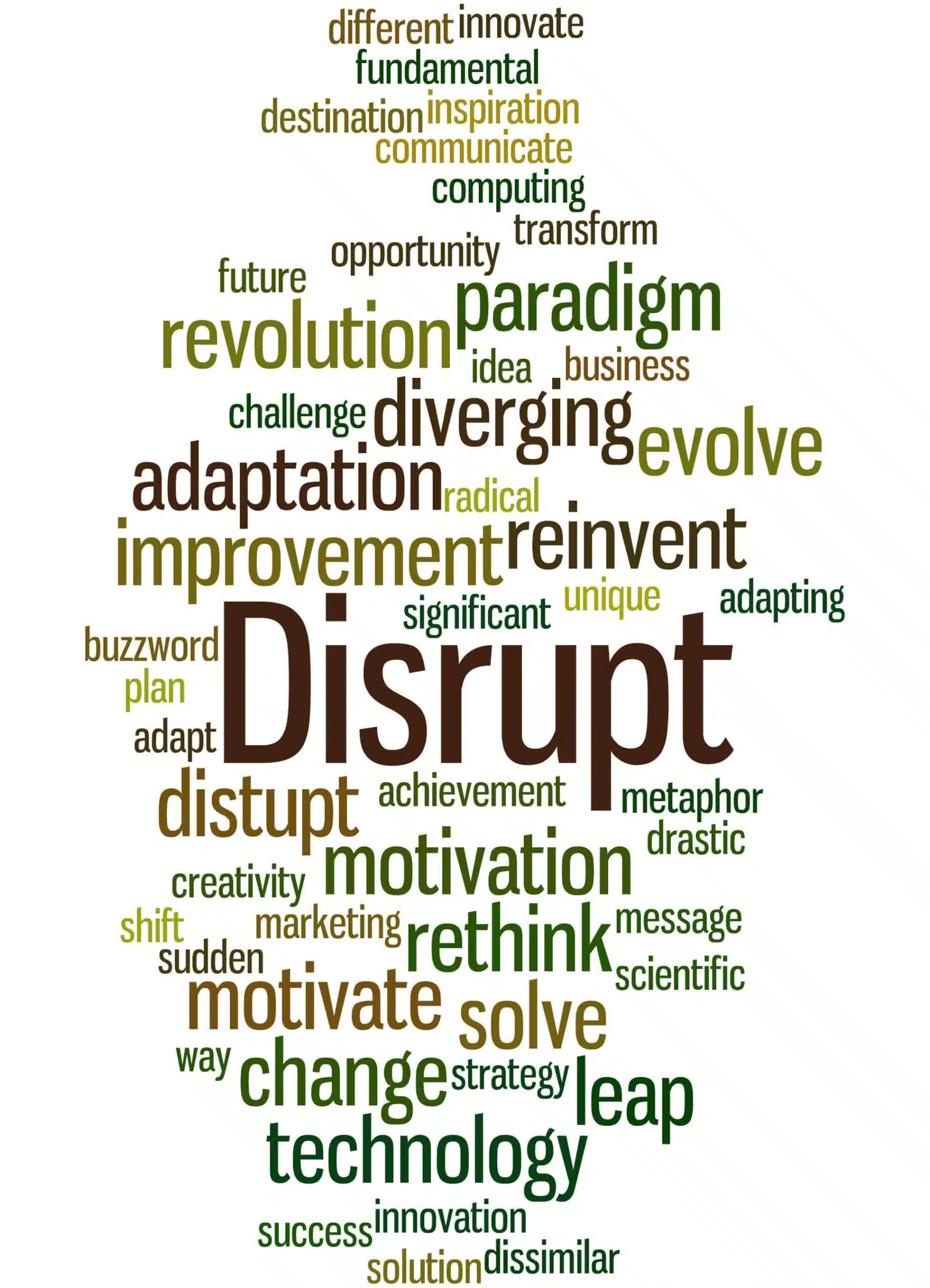In real estate the key factors in making the sale are location, location and location. In an SAP project I’m coming round to believing that success requires testing, testing and testing.
A Short Selective Retrospective on Key Constituencies
All project events and project success stem from testing and testing well. I’ve written about various types of testing before and how that can lead to some confusion because of issues with definitions. Here I want to discuss some areas where testing really can make or break a project and ideas for how to minimize the chances of things turning out badly.
SAP Testing with Project Team Members
Unsung heroes abound on SAP projects and your client’s key business analysts can be fabulous participants or sacks of rocks you have to carry everywhere for no apparent benefit. Always choose the former or trade up if you discover you got the latter. Engaged business analysts are great when they bring business knowledge, a willingness to learn SAP, insight to the hot-button, day-to-day issues and the understanding that the consulting team may know a lot, but not necessarily everything. Partnership between consultants and business analysts can be very fruitful at teasing out mainstream, what happens 90% of the time, business scenarios and building coherent test cases.
These key project team members can provide a sanity check when you try to bring prior experiences and findings from other clients to the project. A crazy design you built on the last project may not be relevant here and your BA can save you from any tendency to over engineer a solution. Conversely, your BA might be the one who sets you down the path to an unusual design. Either way, it has to be tested and between you and the BA the bases should be covered.
I’ve found that the BA’s on a project are usually there for one of two reasons: either a motivated high performer with knowledge and credibility; or someone found the SAP project was a place to dump a personnel problem. Fortunately, the latter is rare these days as more and more people turn into high performers out of necessity. Consequently, your BA is going to know key areas of process and functionality that must work for the project to be a success and he/she drives you to deliver. Never be afraid to let a BA talk about the business, what it needs to be able to do and what needs to be tested.
However, the BA probably isn’t going to be using the system as an end user on a day-to-day basis and can only get you so far with the completeness of testing. This is where you need to branch out from the immediate project team and into the realm of the end user.
SAP Testing with End Users
In an ideal world, the systems we build would be foolproof, but there are some smart fools out there and they don’t always behave the way we want them to. As you probably know, SAP is not the most intuitive system to navigate and use (would an overhaul of the GUI make system adoption quicker and easier?) and people don’t always do what they are told. I know you are shocked to hear this!
If I had a lot more time on my hands I’d love to watch people using systems and seeing all the various ways people try to do things. It’s a fairly dopey example, but I’m one of those mouse-and-menu people when I use MS Office. The ALT, CTL, and SHIFT keys are a tiny part of my repertoire because I learned how to use these products a certain way, but I know some people who do almost everything with keyboard shortcuts. I can scarcely follow how they do things, although I can see what they are doing. The fun is seeing different ways to achieve the same end. SAP is a bit like this in that there are different ways to approach a task: using menu paths; transaction codes; single session; multiple sessions; favorites list entries; and different entry points to get to data. Unless you have really nailed down tightly how to execute tasks users will eventually find all possible ways, but more importantly, without nailing it down users will find ways to do it wrong and not realize it. This is a potential disaster in the making.
Despite the best intentions of project team members (business analysts, consultants, trainers, supervisors) end users will use the system in ways you did not anticipate. After all, the way you use the system works brilliantly, so no one would think to do it any differently, would they? Except, they do use it differently.
Including a round or two of real end user testing on the QAS system is probably going to be quite revealing. Ideally, after a dry run conversion and before going live you want to let loose on the system and do some serious day-in-the-life and periodic processing. And you want to back off on your desire to hand hold. This way you can see how a user actually uses the system, the steps they take when they get into trouble, and what they try to do as corrective actions. The intuitive and natural screen flow you came up with? Perhaps its not as intuitive as you thought.
Here’s the point: carving out time in a project to involve end users in testing is invaluable. Initially they will stick to the script but after a short time they will extemporize and that is when you find out if you built a robust system that guides people down the desired path or a mess that allows mistakes and the attendant downstream problems.
It is better to take the time before you go live to ensure you don’t get downstream problems than to discover the chaos in production.
SAP Testing to Make Executives Happy
A final group of people with a vested interest in SAP project success is the executives. These are rarely the folks who execute transactions on a daily basis; at best they might run a financial statement or a flash report of some description. Nonetheless, these people along with departmental heads need to feel confident that the system works in an abstract way: a little like the way you know the engine in your car is working although you don’t really understand how all the various components fit and work together. You’re pretty upset when the car won’t start, or the heater blows hot and cold intermittently, or you can’t tell if you have an almost empty gas tank. Similarly executives get upset if they can’t get information that is important to them or they are unable to complete key tasks: for example, flash reports that don’t run or give “funny” numbers, not being able to close an accounting period.
These executives can be especially challenging to a project because they have so many things to worry about that they may only truly pay attention to an SAP project during times of crisis or around go-live. At earlier times in the project life cycle they may have deferred to the PMO and existing management structure, but at crunch time things change. Consequently, a conscious effort to find out from them what they need in order to feel comfortable with the system is critical: discovering what they need their organizations to do is critical. Once you know what they want you can build it into project test plans and activities and show success.
This is one constituency that might be late coming to the party but you can’t ignore them or chastise them for tardiness – they are probably paying the bill!
Key Ingredients for SAP Success: Testing, Testing & (You Guessed It) Testing
It is stating the obvious (a core competence of mine) to say that an SAP project is a complicated endeavor. I’d say there are no easy projects, only less difficult ones and testing is one of the most difficult areas to do well.
There are groups who judge testing success in different ways and with varying degrees of thoroughness. A corner cut here and there might be acceptable, but too many cut corners and it all unravels. By identifying key constituencies, identifying their needs, building test plans and strategies to address those needs, and executing against them greatly increases your chances of overall success. And, if you do it right, you ensure their involvement and make them accountable for the results.



